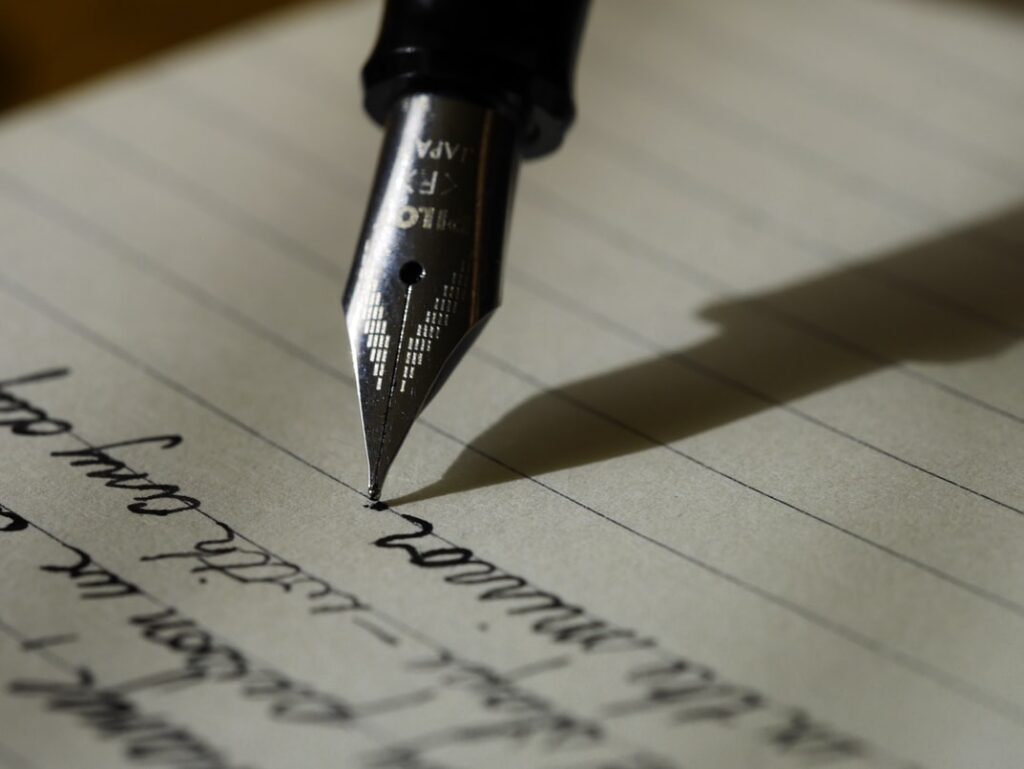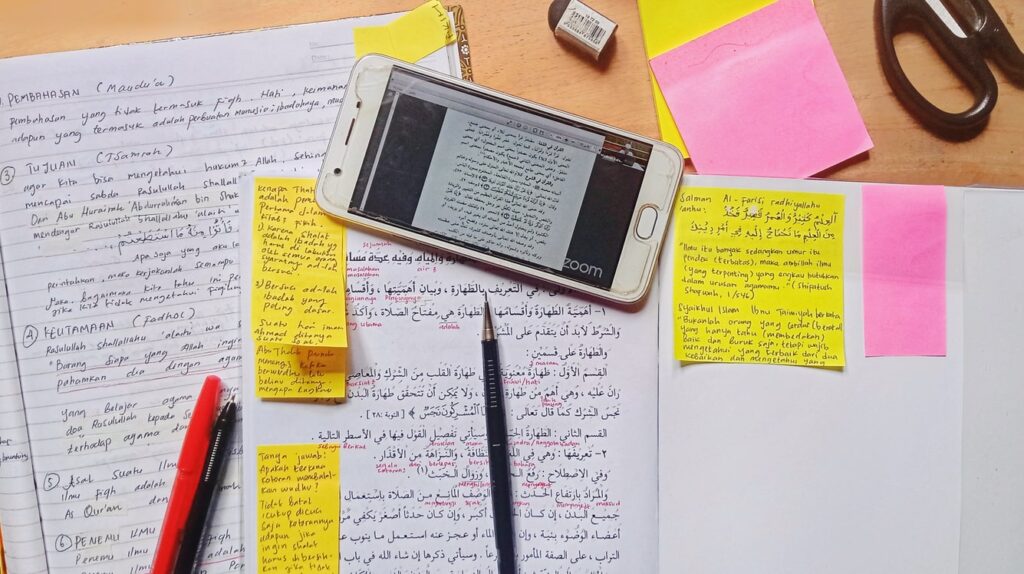Writing an essay, a scientific paper, or anything like that requires a lot of effort and time. The use of other literature and sources is quite expected and normal, although there are some rules and forms that must be followed. We can say that a reference represents the information that the reader needs in recognizing and finding the source used. When citing sources, references must be accurate, complete, and consistently applied.
An essay is a prose form of written expression, which has a shorter form. The goal is to express the personal opinion of the author, based on research, information, and conclusions on a particular topic. The topics of essays are most often literary, journalistic, and scientific, but they can also be inspired by the everyday life and experience of the author. The purpose is to bring closer to the reader the understanding and attitudes of the author on a given topic. In academic essays, literature is inevitable. Western universities can be very strict about plagiarism, so it is necessary to pay attention to this, by listing each source that you used in the text.
Direct and indirect citation, reference to sources, and writing bibliography (literature) are standard procedures without which it is unthinkable to write, read and understand academic papers – from seminar and qualification to professional and scientific. Therefore, it is important for every member of the academic community to master these skills as quickly and successfully as possible.
Citing references consists of 2 basic elements:
- Citation – citing sources within the text;
- Reference list – a detailed list of references cited within the text.
When citing literature, the most important issue is the question of style. Some colleges have a default citation style, so we advise you to check which one to use. But no matter which verse you use, you need to pay attention to a few things, such as the order of data entry, uppercase and lowercase letters rules that are defined through each style, space and punctuation, and font.

Citation is quoting someone else’s words exactly as he said them. In that case, you put the text under “quotation marks”. On the other hand, we have a reference that has a broader meaning than citation, and with that term we describe any indication of the sources used in the paper, including tables, graphs, figures, etc.
In every scientific and professional work, an indispensable part is the citation of other authors and a list of references containing data on the authors and the used documentary sources (books, articles, scientific and professional conferences, web resources, etc.). A bibliography can only be a reference list that must contain all cited sources of information in the text of the paper, or a bibliography that includes everything sources of information that have been consulted and recommended for further reading, and to which the text refers directly does not call.
Use the following form to reference the book – author (s), book title, publisher, place of publication, year of publication.
Book chapter referencing (in the case when each chapter is written by different authors, and the whole the book is edited by one or more authors) – chapter authors, chapter title, book title, book editors, publisher, place of publication, year of publication, including the start and end page of the chapter.
Journal referencing – author’s surname and initials, article title, journal name, volume, inclusive range of pages on which the article is located, year of publication.
Website referencing: – page author (if known), page name, URL, the date the page was visited.
All references must be numbered, and in the text, they are referenced with their ordinal number.
In addition to reference and citation, plagiarism also plays a key role. In fact, we can say that these three concepts are inextricably linked. Plagiarism is an act of acceptance of someone else’s words or ideas. It is an act of intellectual dishonesty and comes with serious consequences. This violates university codes of honor and can cause irreparable damage to a person’s reputation. A plagiarism task can lead to failure, suspension, or expulsion. There are several types of plagiarism and direct plagiarism is one of the most obvious examples. However, there are also situations where the writer simply changes a few words thinking that he has avoided plagiarism in this way, which is far from the truth. Of course, there are also occasional plagiarisms that are most often the result of disorganized research and last-minute crises.
Reference list

As you write your essay, write down the literature you used so you don’t forget to mention something. The key rule is to: list in alphabetical order all sources according to the surname of the first author (or title, if the author is not known).
It is for these reasons that it is important to start writing on time, to read each source carefully, and to absorb the data. it would not be bad to make a whole essay in brief. An excellent essay has a clear structure consisting of the following sections – title, abstract, introduction, elaboration into three or four sections, conclusion, and a list of references and relevant references. If you are still unsure of how to write a good essay, take the time to do a little research or visit homeworkmarket.
Final thoughts
Any kind of written work in question, the use of other sources (ideas, quotations, paraphrases) is needed to be documented properly. When citing literature, attention should be paid to the order of writing bibliographic elements, uppercase and lowercase letters, punctuation, and space, as well as the font style – regular and italic.
Although it is permissible to cite newspaper articles or the Internet, they cannot be treated as serious academic literature. And they must, of course, be cited as additional sources – but that is then on top of (and not instead of) these main sources. Of course, if you quote an online edition of an academic journal, then it is considered a serious academic unit.






